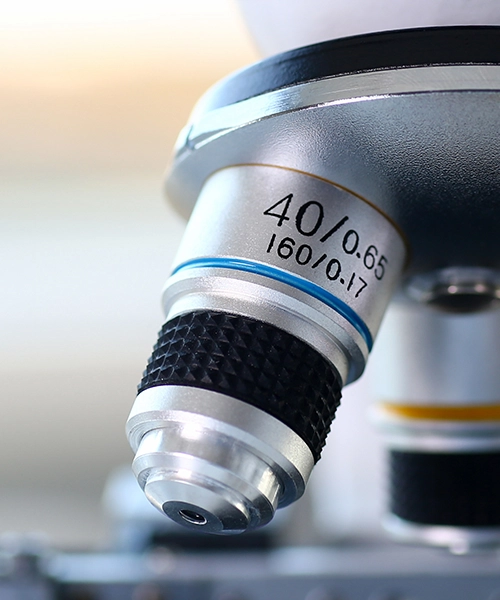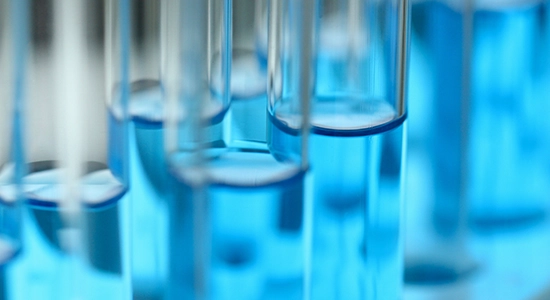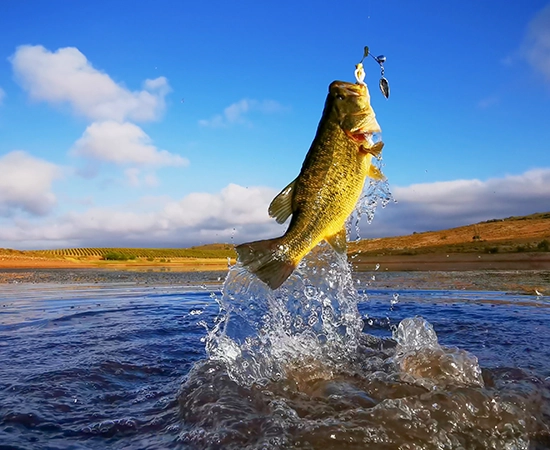Why Biota Analysis Experience Matters
Biological Tissue Analysis (BIOTA) analysis determines the extent to which toxic substances have accumulated in plant and animal tissue. A component of many environmental assessment projects, analyzing biota is more challenging than other matrices, such as water and soil.
Pace® has developed proprietary methodologies for tissue extraction and analysis to ensure accurate measurement of persistent contaminants in these matrices. Because environmental projects often revolve around wetlands and waterways, we’re experts at minimizing any impact to the environment when sampling and testing. When risk assessment calls for analytical work that goes beyond established methodology, Pace® also offers method development for non-standard, site-specific substances.
On-Demand Webinar: Challenging BIOTA Samples and High Expectations
The analysis of sediments and biota samples is often a challenging part of environmental assessment projects. Join our Specialty Services Program Manager, Jim Occhialini, for an informative 45-minute session.

What Is Biological Tissue Analysis (BIOTA)?
The determination of toxic residues in organisms in a contaminated area is an important part of the ecological risk assessment process. Biological Tissue Analysis (BIOTA) measures the accumulation of toxic substances in plant and animal tissues. This data is often used as an indicator of contamination impacting the food chain and human health. Biota analyses can also provide evidence of the short- or long-range transport of specific compounds.
Biota samples are often tested in conjunction with other types of matrices such as water and/or sediment. However, assessing contaminants in biota provides a different view of the contamination. While sediment analysis can show the level of contaminants in the environment, biota analysis measures how much of that contaminant is taken up by plants and animals (referred to as the bioavailable). This difference is more pronounced for some compounds or groups of compounds, such as dioxins.
Exploring the World of Sediment
and Tissue Analysis

Biota Test Methods
Pace® offers Biological Tissue Analysis (BIOTA) testing in accordance with EPA standards. We can also modify methods to deal with particularly complex tissue matrices. If you are unsure which type of test your project requires, reach out to us. Our experts would be glad to help. Learn more about our Biota Test Methods.
Biota Matrices
Pace® range of matrices includes but is not limited to the following:
- Fish, Amphibians, and Reptiles
- Animal Tissue and Target Organs
- Plant Life and Insects
- Sediment and Sediment-dwelling Macroinvertebrates
- Birds and Bird Eggs
- Rodents

Experience You Can Trust
Additional Resources
-
Pace® Environmental Certifications
-
Pace® Environmental Emergency Response
-
Related Pages
-
Downloadable Resources
-
On-Demand Webinars
Need to find a lab that can handle your unique requirements?
Contact us directly or download our list of environmental certifications across our network.
When disaster strikes, the Pace® Environmental Emergency Response Team is here to help you act fast.
On-Demand Webinar: Navigating the Complexities of Testing for PFAS in Plant and Animal Tissue
On-Demand Webinar: Navigating the Complexities of Testing for PFAS in Plant and Animal Tissue
On-Demand Webinar: Challenging BIOTA Samples and High Expectations